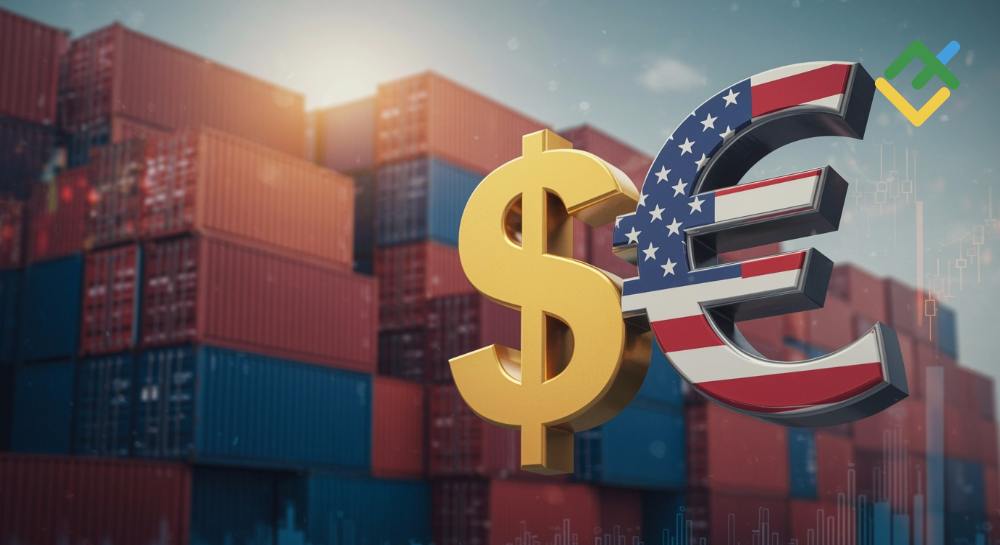Electric vehicle demand is skyrocketing, altering not just transportation but also the global metal market. As more consumers turn to electric cars, the impact on metal prices has been dramatic. From lithium-ion batteries to copper wiring, metals power the electric revolution. This evolving relationship between electric vehicles and the metals market is significant for investors, miners, automakers, and consumers alike. Understanding the dynamics behind this shift is crucial, so let’s explore how the rise of EVs is changing metal prices and reshaping the global supply chain.
The EV Market: Current Trends in Metal Prices
Electric vehicle demand is rapidly growing, with major automakers like Tesla, General Motors, and Ford ramping up production. This boom has driven a parallel surge in demand for essential metals. Metal prices have climbed to new heights as EV manufacturers race to secure materials like lithium, nickel, copper, and rare earth elements. The need for these metals is rooted in the fundamental components of EVs, from lithium-ion batteries to the wiring systems that require extensive copper.
The Automotive Monthly Metals Index (MMI), a critical measure of metal prices in the automotive sector, has been highly volatile. In recent years, it has shown significant fluctuations, reflecting the shifting dynamics of EV market trends. For example, the global shortage of lithium has pushed its prices to record highs. In 2021, lithium carbonate prices tripled within a year, mainly due to rising electric vehicle demand. Meanwhile, copper prices have also soared. This is not surprising, given that EVs need four times more copper than traditional internal combustion vehicles. These trends underscore the growing interdependence between EV market trends and metal prices.
Factors Driving Metal Prices Amid Electric Vehicle Demand
Several factors are influencing metal prices due to increasing electric vehicle demand. One of the most significant drivers is manufacturing cost. As EV production scales up, manufacturers need more metals, pushing up prices. For instance, the cost of producing lithium-ion batteries represents a substantial share of an EV’s total cost. The rising prices of lithium, nickel, and cobalt directly impact EV affordability. As a result, the price consumers pay for these vehicles often fluctuates based on metal costs.
Economic variables like consumer adoption rates also play a vital role. When electric vehicles become more affordable due to falling metal prices, adoption rates increase. This further drives demand for metals. However, when metal prices surge, it can lead to a slowdown in EV purchases. This cyclical relationship between affordability and electric vehicle demand keeps metal markets on edge.
Another key factor is technological advancement. Innovations in battery technology are redefining how metals are used in EVs. Solid-state batteries, for example, could reduce the need for high lithium volumes. Similarly, breakthroughs in sustainable metal supply chains, such as recycling metals from old batteries, are helping to manage demand more efficiently. Sustainable metal supply chains are essential in maintaining price stability, as they allow for a steady flow of recycled materials.
The Role of Geopolitics in EV Market Trends
Geopolitical events significantly affect metal prices and electric vehicle demand. For example, the U.S.-China trade tensions have influenced rare earth element availability, which is crucial for EV production. China dominates the rare earth market, producing about 80% of the global supply. Any political conflict can disrupt this supply chain, causing metal prices to spike.
Environmental regulations also play a role. Governments worldwide are pushing for greener energy sources, driving up electric vehicle demand. Simultaneously, stricter regulations on mining operations can limit metal production, affecting supply and prices. Countries like Australia and Canada have invested heavily in sustainable metal supply chains to ensure a steady metal flow while adhering to environmental standards. These efforts aim to secure long-term metal supplies and stabilize prices, even when geopolitical tensions escalate.
EV Market Trends: Challenges and Opportunities for the Metal Industry
The rise of electric vehicle demand presents both challenges and opportunities for the metal industry. One of the biggest challenges is dealing with supply chain bottlenecks. Rapidly increasing demand for lithium, cobalt, and nickel has led to supply shortages. This has made it harder for automakers to meet their production targets. For instance, Tesla had to alter its battery design to reduce cobalt usage due to supply constraints.
However, these challenges also present opportunities for innovation. Metal producers are exploring ways to increase mining efficiency and enhance recycling processes. Lithium-ion battery recycling is one such innovation that could reshape the market. Companies like Redwood Materials are at the forefront, working to recover critical metals from used EV batteries. Sustainable metal supply chains, therefore, offer a way to manage demand sustainably while reducing the environmental impact of mining.
Additionally, the metal industry can benefit from the development of alternative materials. For example, sodium-ion batteries are emerging as a potential alternative to lithium-ion batteries. While still in the early stages, this technology could ease the pressure on lithium demand, offering more stable metal prices in the future.
Future Outlook: Navigating Metal Market Uncertainties
As electric vehicle demand continues to rise, it will bring both challenges and opportunities for metal markets. Projections suggest that EV sales could account for 35% of global car sales by 2030. This indicates sustained demand for metals like lithium, copper, and nickel. However, the exact trajectory will depend on several factors, including government policies, technological breakthroughs, and shifts in consumer preferences.
Governments worldwide are implementing policies to accelerate EV adoption. For example, the European Union plans to ban new gasoline and diesel vehicles by 2035. Such regulations will likely boost metal demand, driving further price increases. In contrast, tighter environmental laws may restrict mining activities, potentially reducing metal supplies.
Stakeholders must develop adaptive strategies to navigate these uncertainties. Investing in recycling technologies, diversifying supply sources, and exploring alternative materials will be crucial. Companies that embrace sustainable metal supply chains will be better positioned to manage risks and seize opportunities in this evolving market landscape.
Regional Differences in EV Demand and Their Impact on Metal Prices
Electric vehicle demand varies by region, impacting metal prices differently. In China, aggressive government policies have driven rapid EV adoption, significantly increasing local lithium and rare earth element demand. This surge has caused domestic prices to rise sharply, affecting global markets. Meanwhile, Europe’s focus on renewable energy and extensive charging infrastructure has fueled copper demand. European automakers are racing to secure sustainable metal supply chains to meet the region’s EV production needs.
In the United States, federal incentives and investments in EV infrastructure are driving market growth. However, domestic mining capacity remains limited. This has led to a reliance on imported metals, making the U.S. more vulnerable to global price fluctuations. As each region navigates its unique challenges, the global metal market will continue to experience fluctuations driven by regional electric vehicle demand.
Alternative Materials and Sustainable Metal Supply Chains
The growing electric vehicle market is prompting interest in alternative materials. For instance, researchers are exploring aluminum-based batteries as a potential substitute for copper wiring in EVs. These innovations could reduce metal dependence, helping stabilize metal prices in the long run. Similarly, sodium-ion batteries offer a promising alternative to lithium-ion batteries. If developed further, they could ease the pressure on lithium demand.
Sustainable metal supply chains are becoming central to the EV industry’s future. Automakers are increasingly prioritizing sustainability, focusing on sourcing metals ethically and reducing waste. Closed-loop recycling systems, where metals from old batteries are reused, are gaining traction. Companies like Tesla and Rivian are investing in these practices, ensuring a stable supply of critical metals.
Conclusion: The Road Ahead for Electric Vehicle Demand and Metal Prices
Electric vehicle demand is reshaping global metal prices, creating both challenges and opportunities. The growing need for lithium-ion batteries and copper wiring has driven up metal prices. However, sustainable metal supply chains and alternative materials offer hope for managing future demand. The market will likely remain volatile, driven by factors like technological advancements, regional differences, and geopolitical tensions.
Stakeholders in the EV and metal industries must stay proactive. Embracing recycling, diversifying supply sources, and exploring innovative materials will be key. By adapting to these changes, they can navigate the complexities of this evolving market. Electric vehicle demand may be unpredictable, but its influence on global metal prices is clear. As we move toward a sustainable future, the road will be lined not just with electric cars but with the metals that power them.
Click here to read our latest article How Electric Vehicles Are Driving a shift in the Silver Market?
This post is originally published on EDGE-FOREX.



